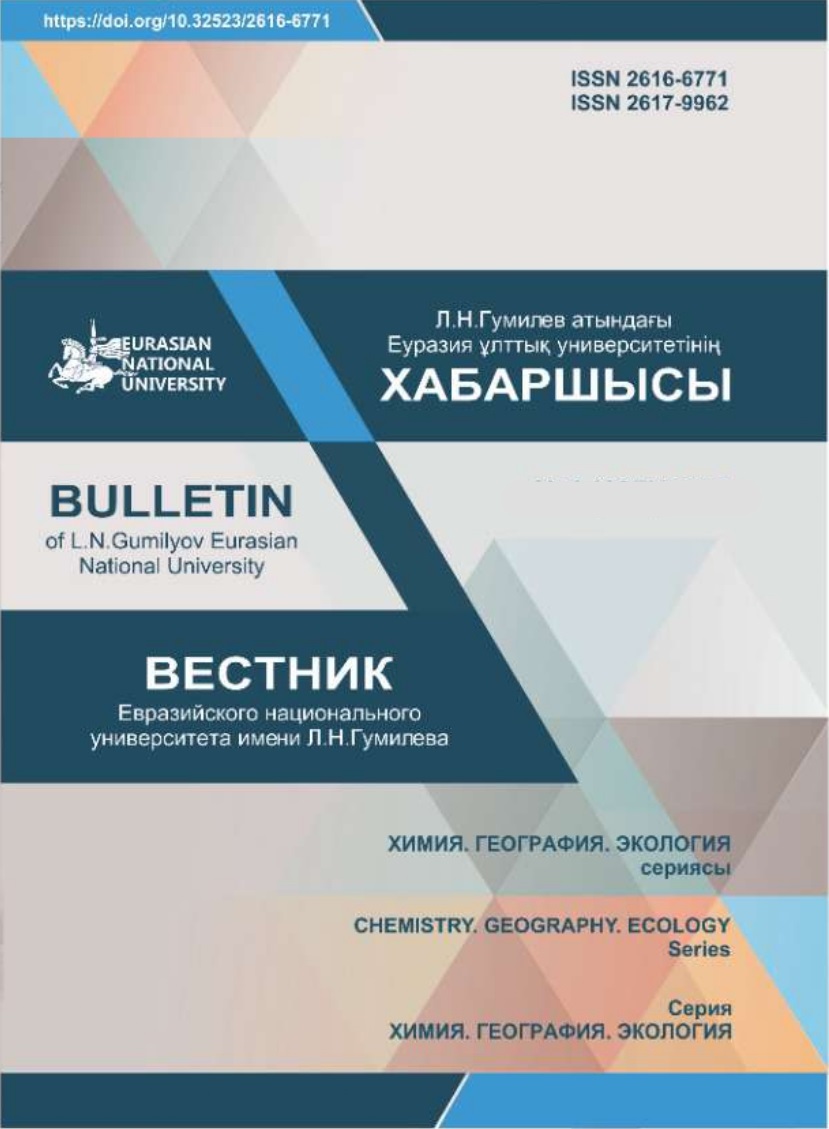Uric acid elimination using honeycomb carbon support derived from rice husk and lignin
Views: 422 / PDF downloads: 341
DOI:
https://doi.org/10.32523/2616-6771-2023-143-2-10-22Keywords:
rice husk, sodium urate, uricase, immobilized biocatalyst, honeycomb carbon supportAbstract
One of the promising research area, which today is of particular importance in biomedicine, is the use of enzyme surface modified honeycomb carbon supports for biocatalysis and haemosorption. Patients suffering from hyperuricemia, with elevated blood levels of urates are prone to diseases such as gout, chronic kidney disease, nephrolithiasis and, finally, an acute renal failure.
In this work, honeycomb carbon monoliths were produced via extrusion of milled rice husk and organosolv lignin mixture at a mass ratio of 75:25, followed by carbonization, disilication, and successive steam-gas activation. Morphology and textural characteristics of the carbon monoliths were analyzed by means of scanning electron microscopy and low-temperature nitrogen adsorption porosymetry, e.g.: nanoporosity of activated carbon samples was established; the specific surface area according to the BET-method is 1323 m2/g, and the total pore volume according to the DFT model is 1.053 cm3/g.
The uricase enzyme was immobilized on the surface of the carbon supports in the amount of 1 enzyme unit per 1.5 g of the carbon support using cross-linking agent N-cyclohexyl-N′-(2-morpholinoethyl) carbodiimide methyl-p-toluenesulfonate.
In order to elucidate whether the sodium urate substrate removal with assistance of rice husk derived honeycomb carbon support takes place due to adsorption and/or catalysis, investigation was conducted using recirculatory system, both in an inert argon atmosphere, and in an oxidizing atmosphere in presence of oxygen at room temperature.
It was established that the rice husk produced honeycomb carbon support immobilized with 1 unit of uricase is able to eliminate up to 92% of uric acid from a model solution with a concentration of 66 mg/L, due to the minimal leaching of the enzyme, the entry of which into the body can lead to the manifestation of allergy. It was substantiated that the number of uricase units per unit mass of the carbon support can be minimized by optimizing the procedure for immobilizing the enzyme on the surface of the carbon support.
Downloads
Downloads
Published
Issue
Section
License
Copyright (c) 2023 BULLETIN of the L.N. Gumilyov Eurasian National University. Chemistry. Geography. Ecology Series

This work is licensed under a Creative Commons Attribution-NonCommercial 4.0 International License.








